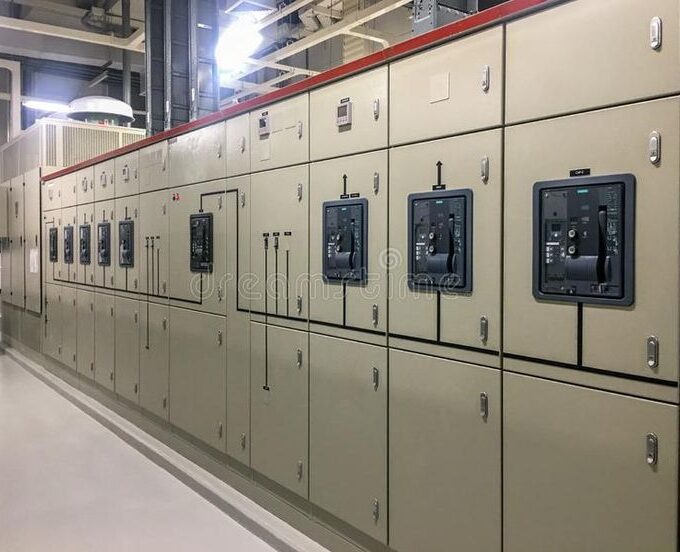What is pallet transport and why is it important in logistics?
Pallet transport is the most important part of logistics since it moves things smoothly from one place to another. It’s an important part that makes sure supply chains work well and seamlessly. The need for quick and easy pallet shipping solutions has never been greater, thanks to the growth of e-commerce and worldwide trade. Companies can’t afford to have their operations be delayed or go wrong.
But this important procedure isn’t without its problems. Old ways of doing things sometimes can’t keep up with what people want nowadays. As we learn more about pallet shipping, we’ll look at how new technologies are changing this important part of logistics and making supply chains more efficient and reliable all across the globe.
Old Ways of Moving Pallets
For a long time, Pallet Transport Solutions has used traditional techniques that mostly involve people and machines. Forklifts are a common sight in warehouses since they move pallets from one place to another. This strategy works, but it may take a lot of time and effort.
Using manual pallet jacks is another typical method. These equipment allow workers lift and move pallets over short distances. They are flexible, but they need a lot of muscular work.
Trucks are also very important for moving pallets over large distances. But logistics managers need to be very cautious when planning loading times so that there aren’t any delays at distribution centres.
Even though they are common, conventional techniques are generally not very fast or accurate. This gap opens the door to looking at more complex solutions that may boost efficiency across all parts of the supply chain.

Problems with traditional pallet transport systems
There are several problems with traditional pallet transport methods that might make them less efficient. One big problem is that they depend on physical labour, which may lead to mistakes and inconsistent handling of pallets.
Also, these systems often have problems since there isn’t enough room in warehouses. Moving around confined aisles with big equipment makes things harder and takes longer.
There are also big worries about safety. Heavy lifting and movement may hurt people at work, which lowers productivity and raises the expense of worker compensation claims.
Also, conventional approaches have a hard time scaling. As organisations develop or change to meet changing needs, old systems may not be able to keep up without a lot of money spent on improvements or training.
There are other environmental factors to think about. Older ways of getting around have a bigger carbon impact, which makes people wonder about the logistics industry’s sustainability.

Automated Guided Vehicles (AGVs) are new ideas for solving problems.
Automated Guided Vehicles (AGVs) are changing how pallets are moved in logistics. These self-driving cars can find their way around warehouses and distribution centres with great accuracy.
AGVs can transport pallets from one place to another quickly and easily without any help from people. They have powerful sensors and mapping technologies. This makes things safer by lowering the chance of mishaps that happen when things are handled by hand.
One of the best things about AGVs is that they are flexible. They can quickly adjust to new layouts and procedures, which makes them perfect for places where demand changes all the time.
Also, they work 24 hours a day, which increases production and lowers labour expenses. As companies want to be more efficient, adding AGV systems becomes more appealing.
AGVs may be added to current supply chain management software to provide real-time data analytics that assist make operations even more efficient. Their ability to choose the best routes cuts down on travel time and makes service better overall.
There is a big change happening in the logistics business. Pallet transport is a very important part of this change. Traditional tactics aren’t working anymore because of the development of e-commerce and higher customer expectations.
As we saw, there are a number of problems with traditional pallet transport. These include problems with efficiency, high labour costs, and safety issues. Companies need to change or they can lag behind.
Automated Guided Vehicles (AGVs) are an example of an innovative approach that might work. They make things more efficient, save expenses, and make the workplace safer. AGVs can move pallets through complicated places without any problems. Adopting these new technology not only makes things run more smoothly, but it also sets firms up for success in the future. Logistics is always changing, therefore to do well in a market that is becoming more and more competitive, you need to keep ahead with current solutions. The use of modern techniques in pallet transport marks the start of a new age in which efficiency and dependability are the most important parts of logistical excellence.
















